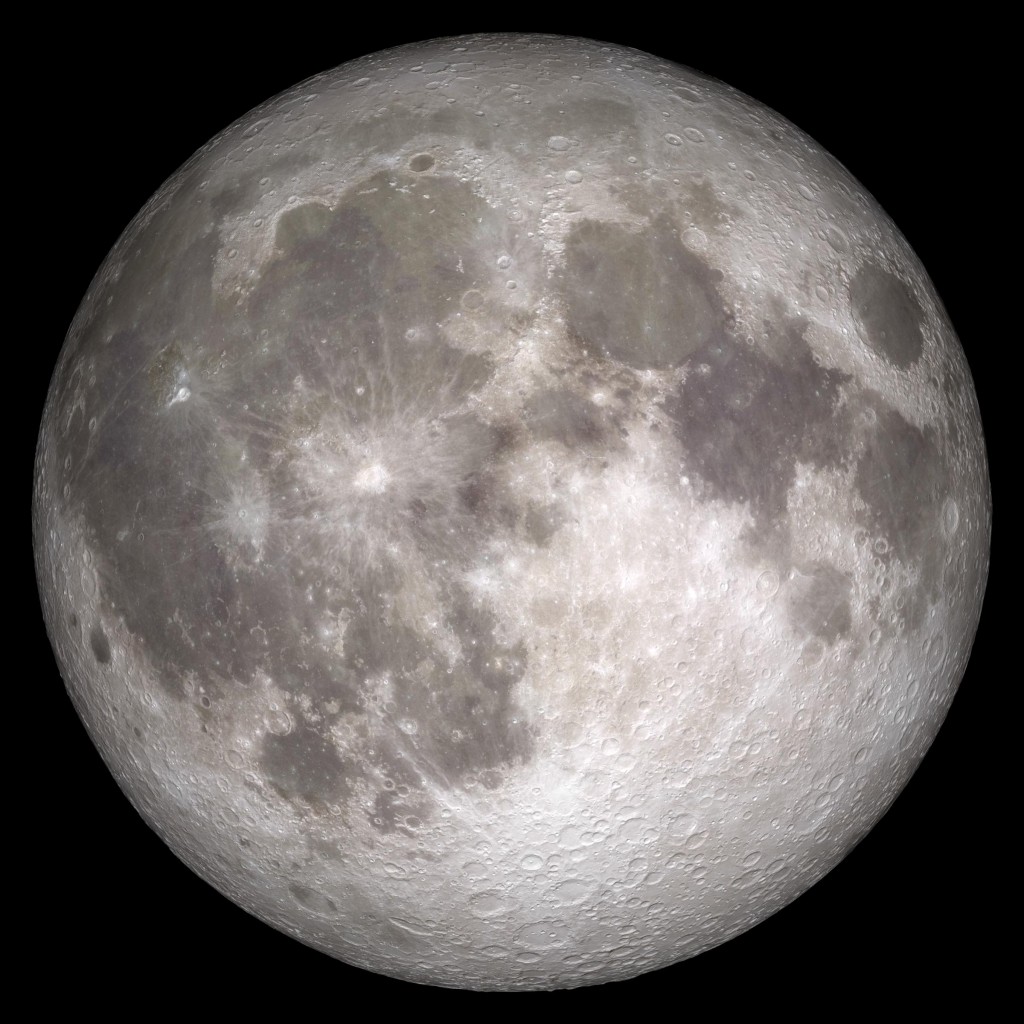By Sandy Muñoz-Weingarten
If a child is to keep alive his inborn sense of wonder, he needs the companionship of at least one adult who can share it, rediscovering with him the joy, excitement, and mystery of the world we live in.
– Rachel Carson
I love nature, and all its joy, excitement and mystery. Based on Rachel Carson’s words above, I know that I was lucky enough to have received that lifelong gift from my parents, who still do not know the names of many plants, birds or insects. Both are very intelligent—my father, a retired electrical engineer who can still recite mathematical theories, and my mother, a bilingual transplant from Puerto Rico who does crossword puzzles in pen—but they just don’t have a head for such things. Nonetheless, they did expose me and my four siblings to the natural world every chance they could, through weekend trips to local lakes, museums, and zoos, and on camping trips in our small pop-up trailer. They encouraged us to be observant and ask questions about the world around us.
Getting kids out in nature these days, however, is much harder than when I was a kid. “Go outside and play!” just isn’t a phrase a lot of parents say anymore.
It is important to make time to connect with your child, and for your child to connect with the natural environment. Below are some ideas to get you started.
Moon Watching
The world after dark is an opportune time to experience another side of life that most of us keep at bay with bright lights, TV screens, or sleep. One way to see how the other half lives is to simply make a point to step outside at the same time every night for a month—perhaps just before bedtime—to observe the sky and the moon. Note the moon’s position in the sky, whether it’s waxing (growing) or waning (shrinking) from night to night, and keep a chart or a log of the changes. Use a lunar calendar to interpret what you see, or simply to find more information on the moon itself. Read up on full moon names, which usually designate seasons of the year. June’s moon is the Full Strawberry Moon! Encourage your children to make up some new names based on their own observations of the seasonal nature activities around them.
Night Hike
Take a hike after dark. Your route can be a walk around the block, a stroll through a city park, or a hike along an actual trail. Try to choose a place your group has never been in the daytime, and one that is away from lighted areas. If you prefer, walk the route ahead of time to familiarize yourself with the terrain and assess how long your adventure might take. June 23 is the next full moon, and would be ideal for those who might have concerns about venturing out in the dark. Your supplies should include water, sturdy footwear (close-toed shoes) and, if desired, a flashlight covered with red cellophane held in place with a rubber band to help maintain night vision. Head out slightly before sunset, so your eyes can adjust to the diminishing light, and so you can watch the full moon rise as the sun is setting. Encourage the group to hike quietly and listen for nighttime sounds and, somewhere along the route, stand or sit silently for a few minutes to take in the night, and its many smells and sounds. Employ a naturalist’s trick by having everyone cup their hands and place them behind their ears, palms forward, to enhance their listening ability.
Sound Maps
After your hike, discuss what sounds were heard, and what animal or insect might have made them. Did you hear coyotes, birds, crickets, or even a dog barking or a train or car going by? Talk about which sounds were natural and which were human-made, and how soothing it is to enjoy the relative silence. Have everyone make a “sound map” by using a notepad and making an “X” to place themselves in the middle of the page, and then drawing night sounds on their paper as they hear them from different directions. Compare maps to figure out which direction is the noisiest, the quietest, and why.
Shadow and Light
Discuss what advantages desert animals gain by being nocturnal, such as exposure to cooler temperatures and greater safety due to less visibility. Notice how the full moon creates a shadow on the ground similar to those created during the day from the sun. Aside from the moon’s light, take notice of any artificial lights you can see, and discuss how it might look without those lights. For older kids, you can use this conversation to explore how artificial lights can adversely affect nocturnal animals, and find out what you can do to minimize this impact. Use the website for the International Dark Sky Association, www.darksky.org, for reference.
Story Time
When you are ready, wind your way home, get everyone tucked into bed, and follow up with a related bedtime story. For the younger set, read books such as Desert Night, Desert Day
, by Anthony D. Fredericks; Creatures of the Desert World, by National Geographic; The Bat Poet, by Randall Jarrell; Owl Moon
, by Jane Yolen; A Desert Scrapbook: Dawn to Dusk in the Sonoran Desert, by Virginia Wright-Frierson; or Here is the Southwestern Desert, by Madeleine Dunphy. For the older kids, read an excerpt from books such as America’s Deserts: Guide to Plants and Animals, by Marianne D. Wallace, or One Day in the Desert, by Jean Craighead George.
Remember, you don’t have to travel far to find nature; just open the door and step outside!
Sources: (www.moonphases.info/ www.calendar-365.com/moon/moon-calendar.html







